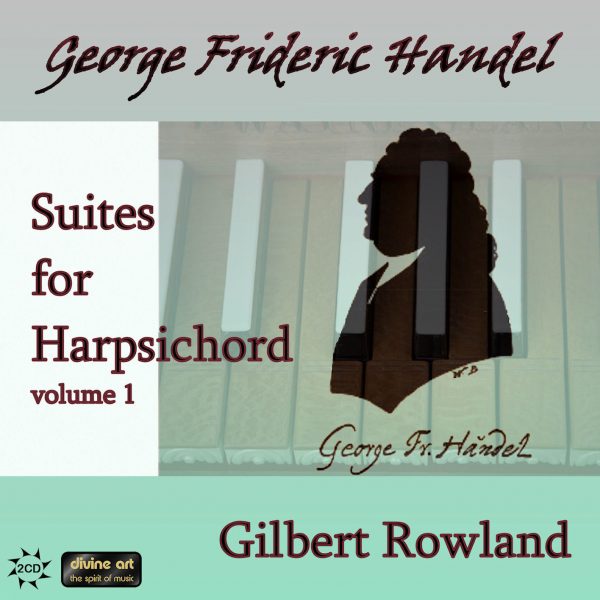International Record Review
(Joint review of vols 1 and 2)
The young Gilbert Rowland – having studied, confusingly perhaps, under Kenneth Gilbert (as well as Millicent Silver and Fernando Valenti) – emerged from an era (the 1960’s) permeated, in harpsichord terms, by heavy instruments tuned to modern pitch and with an indiscriminate fondness for 16-foot couplings that unnervingly sounded like someone singing an octave below the melody. As owners of Rowland’s previous Scarlatti and Soler albums will expect, all that is now swept aside: these modern recordings of HandelHarpsichord Suites are cleanly and most listenably played on a smaller instrument tuned to Baroque pitch, identified in Volume 2’s booklet note (though not volume 1’s) as a 2005 copy by Andrew Wooderson of a two-manual keyboard after Goermans (Paris, 1750). The music is conveyed with impeccable fingerwork and an admirable sense of style honed over 40 years.
Even these four well-filled discs – their components imaginatively shuffled so as not to present all the best suites first – are not the whole picture. Still to come is the first of the Eight Great Suites of 1724 (HWV426 in A major) plus the final two bin-ends (in D minor and G minor) of publisher Walsh’s unauthorized cobbling together of a follow-up volume (1733). The discs do contain four further Miscellaneous Suites towards Handel’s total of 25 or so. Rowland’s Volume 2 ends on the G major Chaconne with (just) 21 variations, also known as lesson No.3, HWV435: the same-key Chaconne with no fewer than 62 is surely to come in a future volume, along with the Six Great Fugues, plus the famous Fantasia in C and other items from ‘The Ladys Banquet’ (another Walsh compilation). This series could and should – run and run. Meanwhile, snap up these albums without delay and bask in some unfailingly delicious playing.Michael Round
@divineartrecordingsgroup
A First Inversion Company
Registered Office:
176-178 Pontefract Road, Cudworth, Barnsley S72 8BE
+44 1226 596703
Fort Worth, TX 76110
+1.682.233.4978












